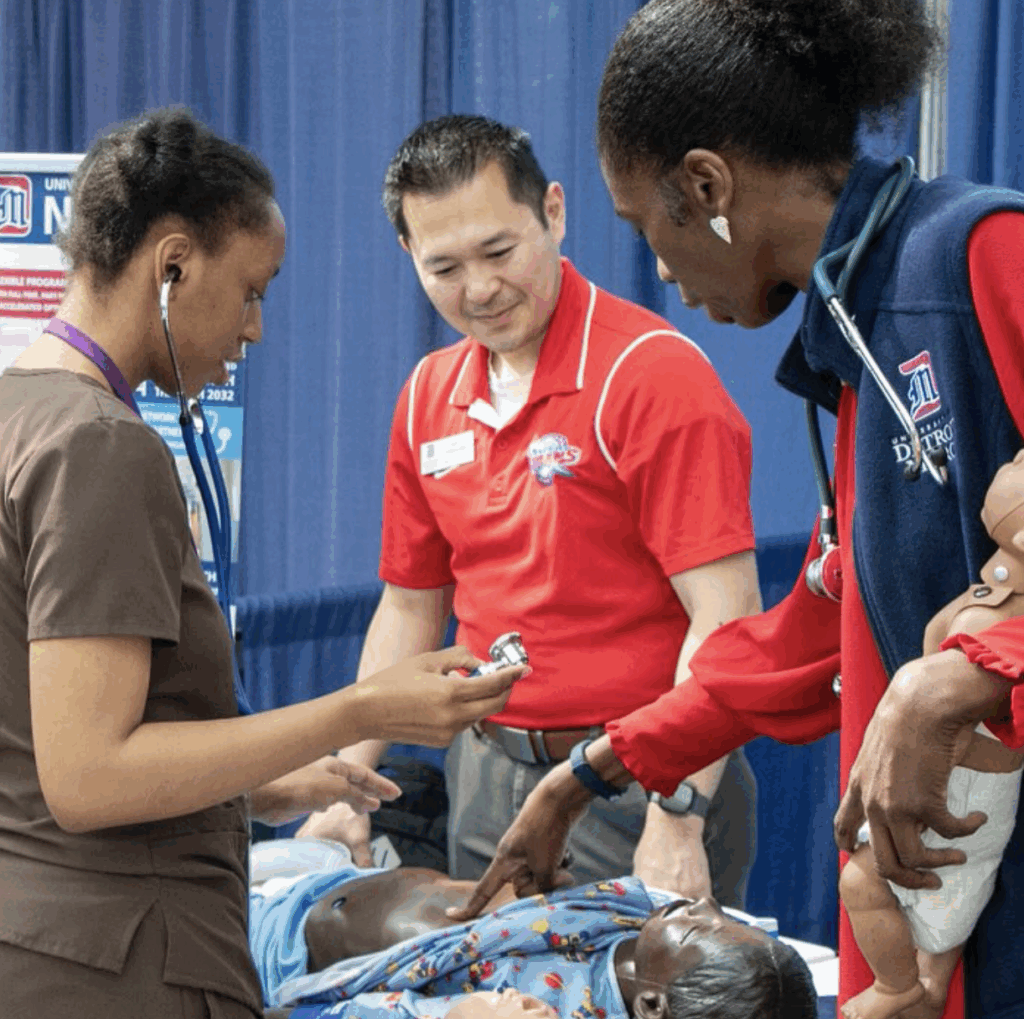
Religion and modern medicine both aim to care for people. However, sometimes their approaches don’t always line up perfectly.
For many of us here at UDM it’s easy to see the value of both: faith can give comfort, hope and community, while medicine provides treatments and knowledge to keep us healthy. The question is, how do we balance them without stepping on anyone’s beliefs or sacrificing good science?
Take a common example: vaccinations. In recent years, many parents have faced the choice to vaccinate themselves or their children. Most medical professionals agree that vaccines save lives, prevent disease and protect communities. At the same time, some families have religious beliefs that influence their healthcare choices.
Respecting these beliefs doesn’t mean ignoring science; it means having conversations with patients, listening carefully and explaining the benefits and risks clearly.
There is often a tension between respecting the patient’s religious beliefs and pursuing the patient’s best interests. There is a clear gap between science and religion that can be corrected in the healthcare setting. The same principle applies to many areas of modern medicine: birth control, end-of-life care or even simple daily practices like diet and exercise.
Religious beliefs can shape how someone approaches these decisions, and that’s important. Medicine doesn’t exist in a vacuum; it affects real people with real beliefs.
By acknowledging and respecting these perspectives, healthcare providers can create trust and improve outcomes. At the same time, it’s equally important to remember that medicine is rooted in evidence. Treatments, procedures, and public health policies are based on research, clinical trials and scientific reasoning. Navigating the space between belief and evidence teaches empathy, communication and critical thinking, skills that will be essential no matter our career path.
If you walk around most hospitals we see lighter examples of faith-meets-science moments, including hospital chapels beside state-of-the-art operating rooms, meditation spaces next to high-tech diagnostic machines, and local community health events offering both wellness checks and spiritual support. These examples remind us that faith and science are not rivals; they are partners in promoting human wellbeing. Modern medicine doesn’t have to compete with religion, and religious beliefs don’t have to conflict with scientific knowledge. Both can guide people toward healthier, more meaningful lives.
By respecting religious perspectives while maintaining scientific integrity, we can create a community where patients feel heard, cared for and valued. At UDM, our student body reflects a rich tapestry of backgrounds, beliefs and traditions. Walking across campus, you see it in small but meaningful ways, including a cross resting on a necklace, a hijab gracefully draped, the Star of David glinting on a bracelet. This diversity is a strength, and it reminds us that as future medical professionals, it is our responsibility to cultivate an environment where science and faith can coexist.
By combining empathy, knowledge and respect, we can provide care that honors both the scientific and spiritual dimensions of human health, preparing us to serve our patients with competence, compassion and understanding.
